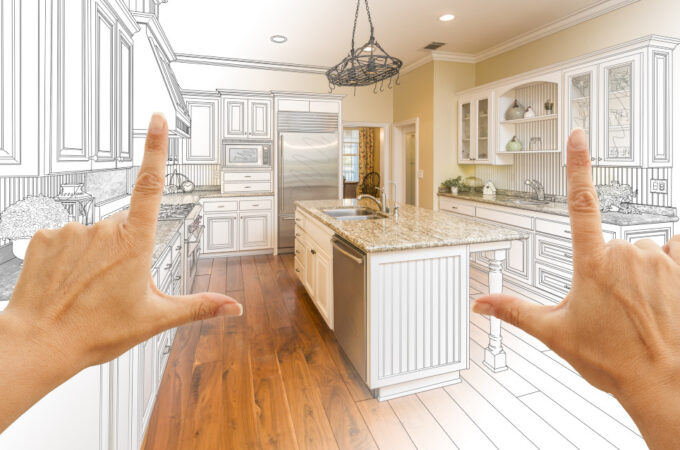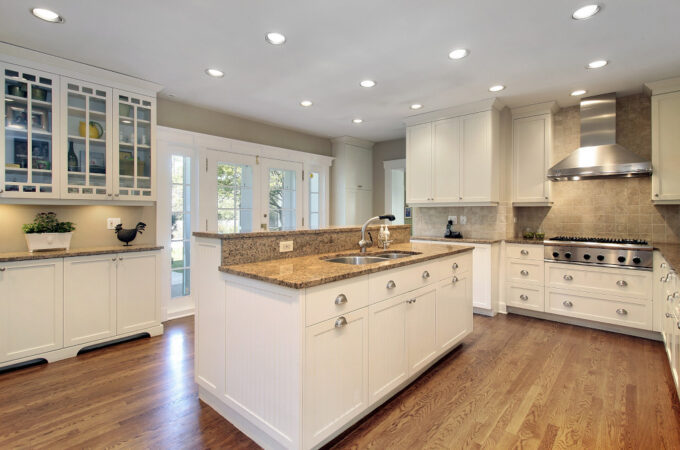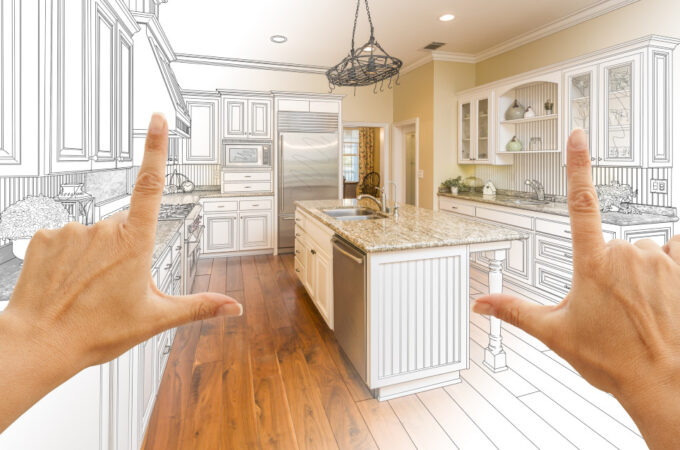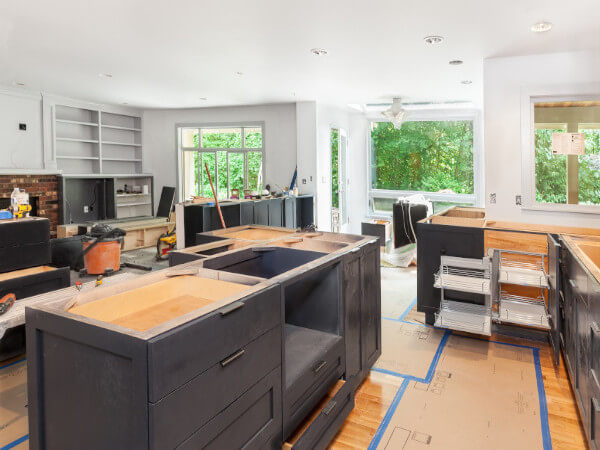
Social Media’s Industry Impact Grows
The group traveled from around the United States and even from outside the country. Nineteen design bloggers converged on New York’s Winter 2010 Fashion Week event as guests of Delta Faucet’s upscale Brizo brand. It was one of the kitchen and bath industry’s earliest social media successes.
Posts were written, photos snapped and uploaded, colleagues and the brand tagged, lessons learned: The biggest takeaway – not counting the hands-free kitchen faucets provided to the designers in lieu of payment in those largely pre-industry influencer days – was that social media could drive awareness and engagement for kitchen and bath companies. In the interest of disclosure, I was one of Brizo’s Fashion Week guests who came to call ourselves the Blogger 19.
Here are some of the lessons still being learned about social media more than a decade later, shared by voices from across the industry:
Designer and business coach Claire Jefford;Brizo’s Senior Brand Manager Lucia McBroom;Frank Advertising V.P. Lori Dolnick;Modenus owner and social media innovator Veronika Miller;Blogger and CEO Steve Sheinkopf of retail chain Yale Appliance;Original Blogger 19 member, designer, retailer and business coach Cheryl Clendenon;Designer, retailer and design blogger Carla Aston.Blogging
Blogging was one of the first social media success stories, which Social Media Today tracks back to the early 2000s. “Blog is named word of the year” for 2004, the site says, with digital platforms like Blogger and WordPress making it reasonably easy for non-technical design pros to post their thoughts and pictures online.
Brizo wasn’t the only brand to leverage the potential of this emerging medium for the industry. Veronika Miller launched Modenus and created a “Tweetup” (event combining in-
person and Twitter posting) at the 2011 AD Home Design Show. Its success “made us realize just how impactful the bloggers can be when they appear in a group to cover shows or individual brands,” Miller recalls.
She formalized that success with a series of sponsored designer trips called BlogTours. There were 25 of them held at industry events in the U.S. and Europe, generating 25 million impressions on Twitter alone,” she shares. BlogTour evolved into Designhounds in 2015 with a presence at the Kitchen & Bath Industry Show every year, an influencer focus beyond just bloggers, and virtual brand-sponsored events during the pandemic.
Aston, who has been blogging for more than a decade, is still bullish on the concept, she says. “I’m now making money off my site. I’ve created downloadable PDFs for sale and do affiliate linking, but my ad network is where the real passive income lies.” She’s prioritizing her online business over full-service clientele and shares that virtual consultations really took off during the pandemic last year. “My email consultations were created as a result of people finding my blog via Google and asking me questions. I’m enjoying that quick no-follow-through kind of work,” she comments.
Blogging has been a boon for Yale Appliance, too, with one of the most comprehensive guides to this category online. Consumers and professionals both visit, Sheinkopf observes. Between the blog and the retailer’s YouTube videos, Yale gets about six to seven million visitors annually, he reports, noting that he produces the content in-house. “I believe in never outsourcing a potential core competency.” The blog also offers a free download when you provide your email address.
“Building a list of potential clients is one of the most important strategies in generating consistent leads,” Jefford says, noting that the type of downloads her firm, Yale Appliance, and Aston all offer on their blogs can be effective in collecting names and email addresses.
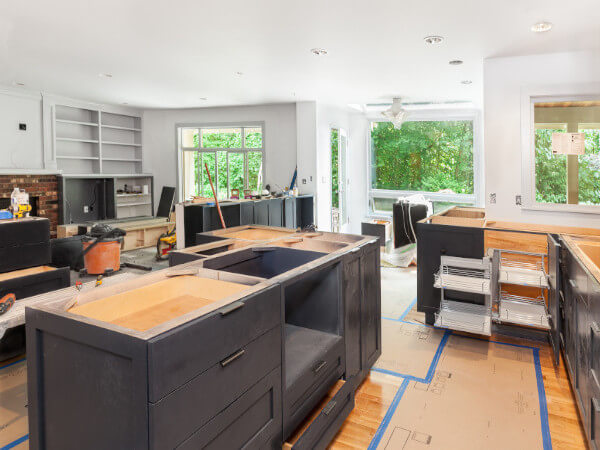
BlogTour showed brands the power of design blogging.
Photo: Modenus
Images and Influencers
Social media is rich with photo-friendly platforms. Houzz, Instagram and Pinterest leap first to mind. Clendenon reports that Houzz is her most successful social media-based lead generator. “It pays for itself many times over and is the best ROI we have,” she states.
While Houzz is home-specific, Instagram and Pinterest are popular general interest sites. “We are spending more dollars now in Pinterest since it’s such a great tool for driving traffic to websites,” Dolnick comments. “Pinterest is less a social/engagement platform and more of a search engine (think Google). It works equally well for designers and for consumers,” the marketing executive reports, adding, “Instagram continues to be a hot point for many clients.”
The photo sites – especially Instagram – are magnets for influencers, which is a massive marketing category propelled by social media. The Influencer Marketing Hub estimates it as a $10 billion segment, something Dolnick probably wouldn’t dispute. “We do influencer campaigns for all our clients and they run the range, including contractors, designers and consumers.”
Looking ahead, she says, “Influencers will still be an area of growth – but we’re targeting more ‘stacked’ influencers. Posting on Instagram alone isn’t enough. They have to be multi-channel and have a blog or vlog
Social media for the kitchen and bath industry has evolved tremendously since its earliest days, and here’s what you should know about this dynamic marketing resource now.
User-generated content is going to continue to be hot as quality photography and video is an investment for brands,” the marketer comments.
Video Evolution
If you’ve been active on Instagram or follow social media trends, you probably heard recently that the platform is going to shift much of its focus from photos to videos. “I feel that Instagram is still going to be an important platform for designers,” Jefford believes, “not only for acquiring local business, but it’s also the best social media channel to establish relationships with brands and obtain sponsorship deals. With more video content being pushed there, such as IGTV and now Reels, Instagram has lots of different options for creating fun and informative content.”
“We were saying video, video, video for many years,” declares Dolnick, but “it takes a major platform like Instagram to make it a reality for some advertisers.” She predicts augmented and virtual reality as the next frontiers. “Forget Zoom – we’re going be in a virtual office with other people. It’s just a matter of time. We’re testing virtual showroom tours and trade show tours now and the results are off the charts. It’s going to happen sooner than later,” she predicts.
Miller, who is also good at reading industry tea leaves, launched her Design Uncut webcast for design pros during the pandemic last year. The series goes live on Miller’s Modenus’ Facebook page and in her Facebook Kitchen + Bath Industry Group.
YouTube is Yale Appliance’s biggest platform, Sheinkopf says. “Video has become a much larger part of effective social media. People naturally consume video easier as they have been [raised] on TV,” he comments. He also predicts some changes in the industry.
“I don’t think platforms were prepared for the success of TikTok, so you are seeing YouTube Shorts and Instagram Reels be over-indexed as a reaction. Now is a good time to consider short form content,” he suggests.
Content Creation and Ownership
Miller confesses to overcoming camera shyness to appear in her Design Uncut videos. Many reading this Trend Spotting can relate, myself included! Fortunately, new creative tools allow you to create videos that feature your brand and your work, without you necessarily having to appear on camera. Canva and Spark Video do for video creation what Blogger and WordPress did for blogging at its beginning.
“The focus going forward can’t be on platforms you don’t own,” cautions Dolnick. “Don’t build your social model around followers. Work on engagement. You don’t own Facebook and they will likely take followings/Instagram likes away sometime in future,” she warns.
Jefford agrees: “The landscape is constantly evolving. You own your list, but nothing is guaranteed with the social media platforms, especially when algorithms are always changing.”
Legacy Platforms
As much as anything can be considered legacy in this young marketing world, Facebook, LinkedIn and Twitter fit that description and have legitimate places in your plans. Forums like Miller’s 2,000-member Kitchen & Bath Industry Group on Facebook and KBtribechat, a decade-long success (which I occasionally guest-host) with more than 10 million impressions per chat, according to its designer/creator Stacy Garcia, are examples of their continuing strength. Dolnick says Facebook is a must-have, but not the cool kid on the block. She also sees her clients embracing LinkedIn as a recruiting tool.
Emerging Platforms
Maybe your kids are crazy about the video sensation TikTok, and your cabinet rep invited you to the audio drop-in platform Clubhouse. Brands like Brizo are always evaluating new and emerging platforms, McBroom says. And Miller is planning to integrate TikTok into Design Uncut’s social portfolio, she shares.
Numerous designers and brands that have appeared in this publication’s pages are hosting engaging, informative discussions on Clubhouse. “It’s not brand-friendly, but anywhere quality conversation is taking place is of interest to us,” Dolnick says. Think of Clubhouse as interactive, micro-podcasting, where you can listen to experts, but also ask them questions and share your own ideas and experiences.
“TikTok has grown exponentially (it was the most downloaded app in 2020),” Dolnick shares. The audience is youth-oriented, with half younger than 34, but it’s huge and won’t stay young forever, the marketer muses. “We don’t automatically dismiss TikTok creators as influencers, since the really good ones stack their content on multiple platforms.”
Even if you’re uncertain about investing in emerging sites – there’s no guarantee of payoff for your time or money – it’s helpful to be where your clients are forming their opinions.
Last Words
This dynamic marketing specialty, once the job of summer interns or your techie nephew, is a serious $62 billion business in the U.S. alone, according to IBISWorld, and more complex than ever. Whether creating compelling content for your own blog or showcasing videos on popular sites, “social media is a serious brand tool for customer service, marketing and traffic,” Dolnick comments. 
Jamie Gold, CKD, CAPS, MCCWC is an author, wellness design consultant and industry speaker.Her third book, Wellness by Design (Simon & Schuster), published September 2020. You can learn more about her Wellness Market presentations, books, Wellness Wednesdays Clubhouse conversations and consulting services at jamiegold.net.
The post Social Media’s Industry Impact Grows appeared first on Kitchen & Bath Design News.
Did you miss our previous article…
https://www.tastebudsnutrition.com/?p=528


